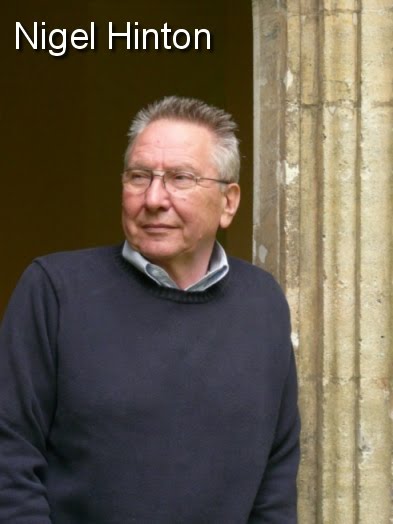I made my way slowly down the River Wisła (Vistula) – walking along the banks as often as I could, imagining Leo and Tomasz seeing these sights as their stray dog, Bel, scampered ahead of them.
I passed Graudenz, now known as Grudziadz
The old granaries and the skyline of Grudziadz
from the bank of the Wisła
Then I journeyed on, past Neuenburg (Nowe) to Mewe (Gniew) with its crumbling old walls and spectacular castle built by King Jan 111 Sobieski for his beautiful French wife, Marie Casimire Louise de La Grange d’Arquien, popularly known in Poland
King Jan 111 Sobieski
Marysienka
The castle is now transformed into an hotel where I stayed the night.
Further downstream I came to Dirschau, now known as Tczew.
It has two mighty bridges spanning the River Wisła. The first one, completed in 1857, had amazing castle-like turrets and I knew I would have to refer to it in my story.
While in Tczew I visited the Vistula River Museum
Despite the unpromising exterior, the exhibits inside were fascinating and some photographs and one model entirely changed my ideas about Leo and Tomasz’s journey down the river. I learned that, at that time, it was common practice to float Galician pine trunks, bound together in long rafts, from the forests in the south of the country all the way down to theport of Danzig
Despite the unpromising exterior, the exhibits inside were fascinating and some photographs and one model entirely changed my ideas about Leo and Tomasz’s journey down the river. I learned that, at that time, it was common practice to float Galician pine trunks, bound together in long rafts, from the forests in the south of the country all the way down to the
The river grew wider below Tczew and soon there were so many small streams and tributaries flowing into it that it was difficult to keep moving along parallel to the main stream. Then, eventually, there was a salty tang to the air and glimpses of a broad stretch of water ahead – the river was meeting the sea.












No comments:
Post a Comment